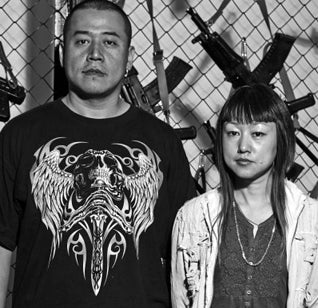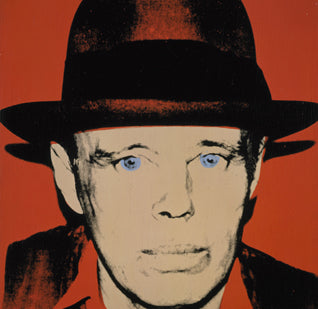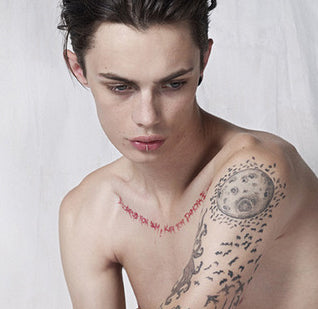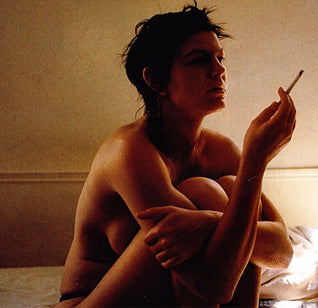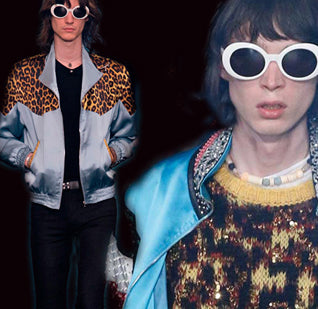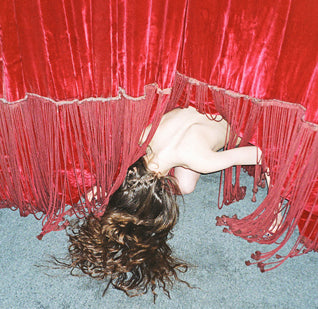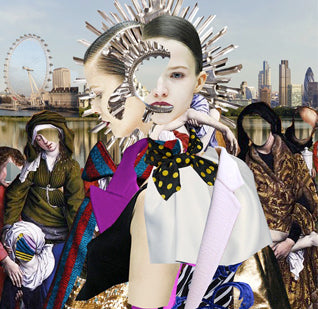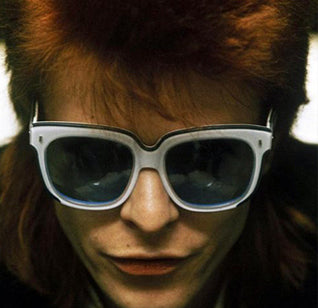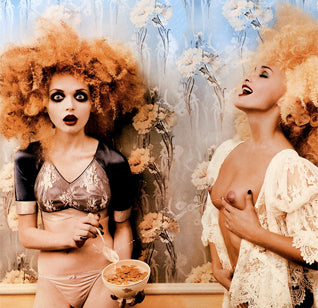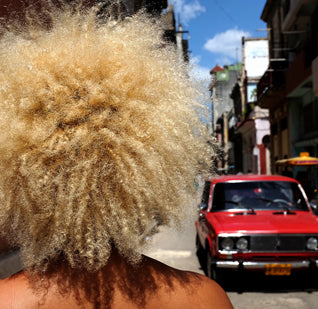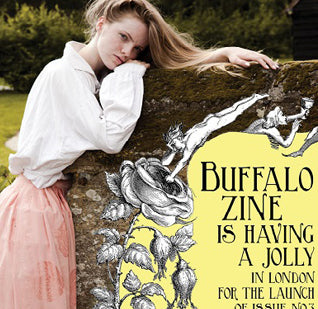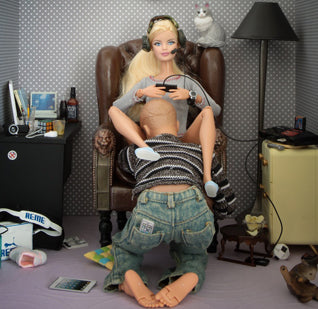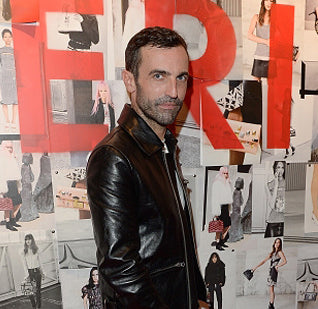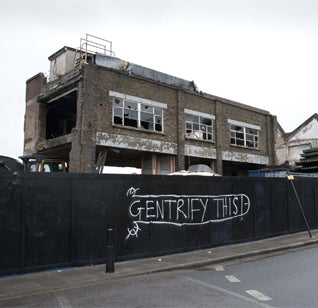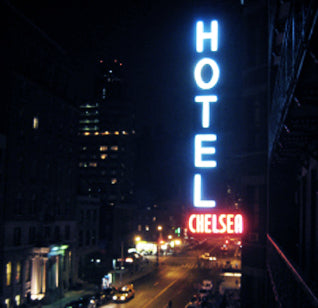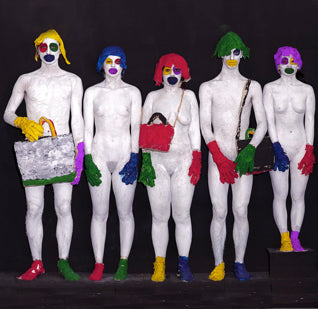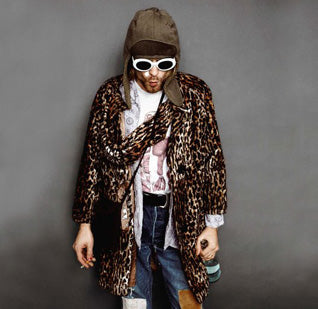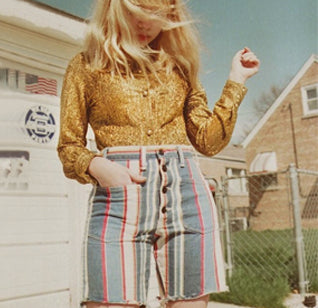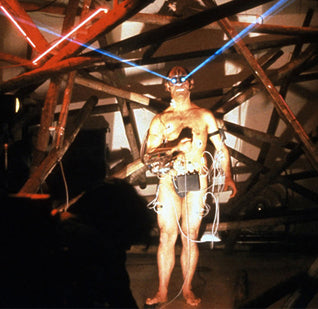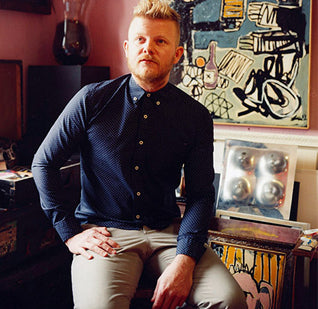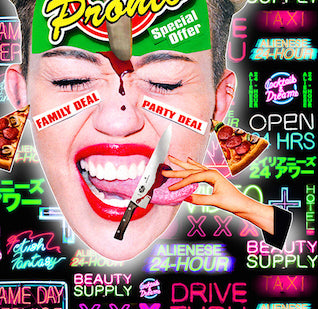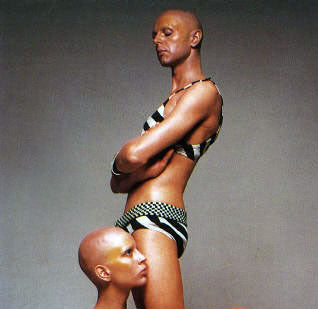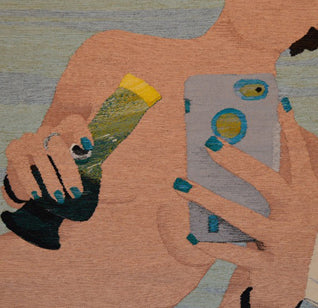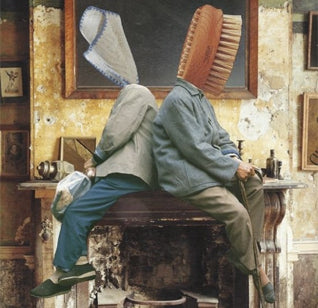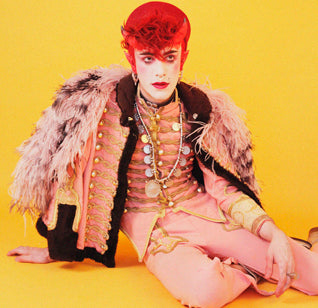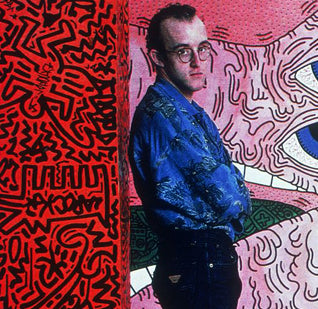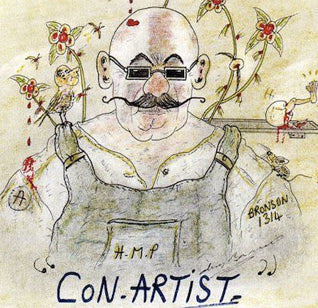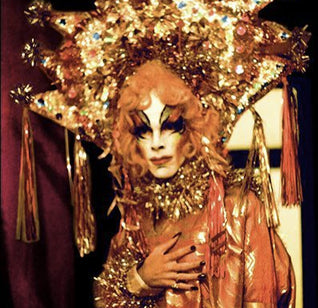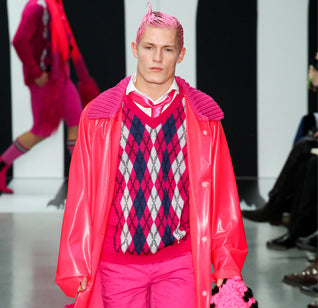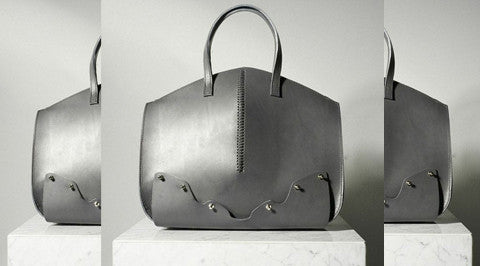ARTWORLD FOR SALE
Can The Middle East buy itself a contemporary art scene?
by Jamie Tennent
The west’s idea of life in the United Arab Emirates (UAE) has changed dramatically over the last few years. Where once the assumption was camels trudging through the desert a la Lawrence of Arabia, the stereotype has changed to super cars racing Dubai streets, never ending malls and clubs on skyscraper rooftops.
It is an oil-rich country selling itself on images of blingy capitalistic freedom created by a government flush with cash: the formula one tournament, the second largest mall in the world, the most expensive hotel, the tallest building, the largest indoor ski slope. And coming soon, a Guggenheim, a Louvre and a Christo sculpture to overshadow the pyramids.
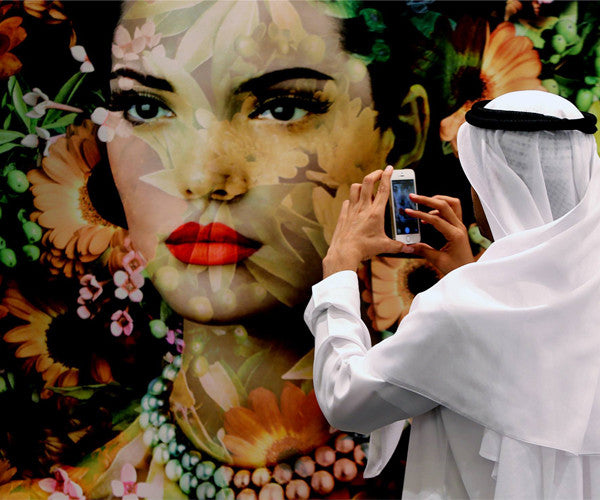
A visitor takes a picture on his iphone at Art Dubai 2014
How could a country that thrives on the image of decadent, rampant capitalism become a center for culture? The answer is obvious: an awful lot of money.
At least the purchase of a Guggenheim caused a fuss. The whole plan was very nearly scrapped over the UAE record on worker’s rights and culture of turning a blind eye to the plight of migrant labor from South Asia. Admittedly, things are getting better, thanks largely to international pressure – domestic dissidence being an easily jailable offence - but such questionable political ethics should not be part of the majority liberal artworld.
Of course The Guggenhiem shouldn’t be confined to one building in New York, and it’s not – there are ‘sister’ galleries in Venice, Italy, and Bilbao, Spain, but these are two countries with long histories of visual art, be it glorious paintings or society changing cultural movements, the UAE does not share these Eurocentric ideals.
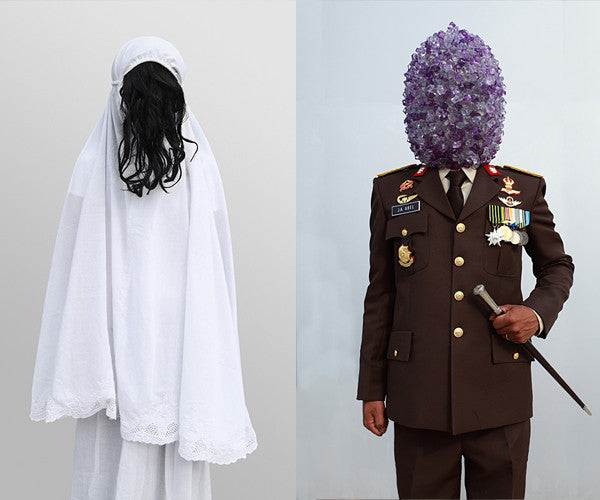
Jim Allen, Artwork exhibited at Art Dubai 2012
Historically, the culture of the UAE comes out of a nomadic and oral tradition. Architecture came less out of aesthetic than simply protecting oneself from the sun and heat. Poetry is, by far, the most well regarded art form. The TV Show Millionaire’s Poet, essentially X Factor for poetry, became a huge hit in the country and surrounding region.
So should we happily let a country buy a culture and allow internationally renowned institutions to follow the cash? There is a growing art scene in the UAE, but the important word there is growing. It’s fledgling, only a few decades old.
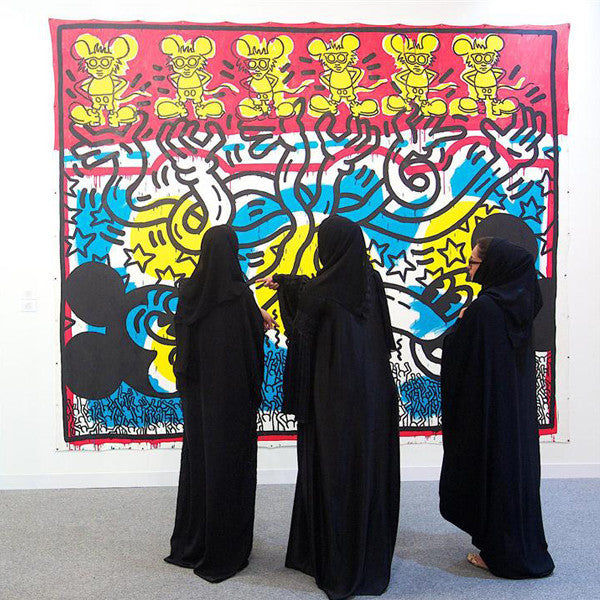
Visitors at Abu Dhabi Art 2012
Some may say these transactions are simply patronage, something that has happened for centuries all over the world. But surely there is a difference between patronage from a country that celebrates and encourages free speech and a country that has very blatant censorship. Shouldn’t we be worried about cultural giants being drawn to a country that still has Animal Farm on its banned books list?
Patronage might mean money coming into the arts, and with cuts all over Europe affecting the lives of artists we should be happy to see funding coming from overseas, helping a business model that is often reliant on subsidies. Yet the glaring fact is that patrons who do not let artists roam free, who are known for censorship in other areas – internet sites in the UAE are blocked for being offensive to religions (Prohibited Content Category 8.) or for just being a dating site (Prohibited Content Category 3.) – will inevitably lead to censored art.
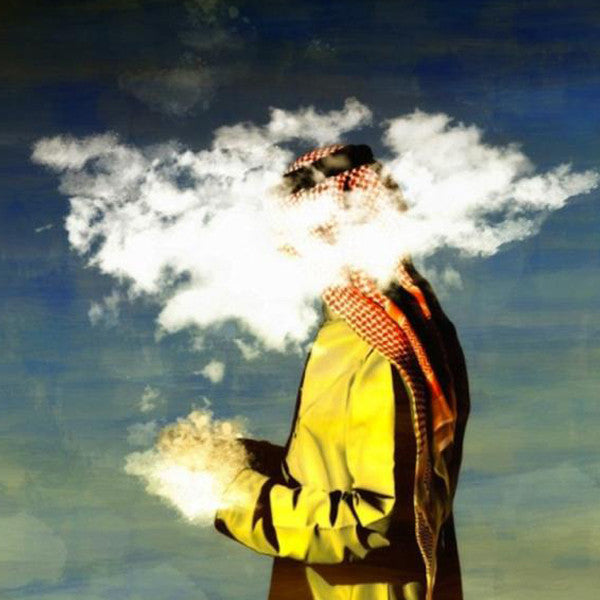
Hamdan Biti Al Shamsi, 'State on Mind', 2012
We are letting important cultural institutions passively become tools of propaganda. Let’s not idly let places so important to challenging ideas and beliefs become make-up for the mask for tyranny.
We are all well aware that Europe’s swing rightward is not a good thing for the arts, right leaning governments are not usually ones who increase arts funding, but is the answer really looking toward even more conservative states? At what point will we realize, this is not funding for cultural preservation, this is a hostile take-over of the future of contemporary art.

